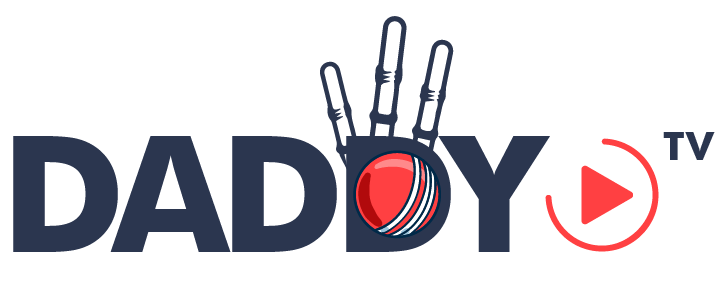
In the above example, we assumed a depreciation rate equal to twice the straight-line rate. However, many firms use a rate equal to 1.5 times the straight-line rate. Understanding the tools available for double declining balance depreciation can greatly enhance your financial management skills.
Filing Taxes Late: Everything Business Owners Need to Know

These tools can quickly adjust book values, generate detailed financial reports, and adapt to various depreciation methods as needed. The DDB method contrasts sharply with the straight-line method, where the depreciation expense is evenly spread over the asset’s useful life. The choice between these methods depends on the nature of the asset and the company’s financial strategies.

Declining Balance Method of Depreciation Explained in Video
For this reason, DDB is the most appropriate depreciation method for this type of Certified Public Accountant asset. Consider a scenario where a company leases a fleet of cars for its sales team. These cars are crucial for the business, but they also lose value quickly due to high mileage and wear and tear. Using the DDB method allows the company to write off a larger portion of the car’s cost in the first few years.
- All such information is provided solely for convenience purposes only and all users thereof should be guided accordingly.
- This method is often used for things like machinery or vehicles that lose value quickly at first.
- Like in the first year calculation, we will use a time factor for the number of months the asset was in use but multiply it by its carrying value at the start of the period instead of its cost.
- The DDB depreciation method is best applied to assets that lose value quickly in the first few years of ownership, such as cars and other vehicles.
Choosing Between a Standard Rate and an Accelerated Rate

Even https://www.bookstime.com/ if the double declining method could be more appropriate for a company, i.e. its fixed assets drop off in value drastically over time, the straight-line depreciation method is far more prevalent in practice. The above example uses the straight-line method of depreciation and not an accelerated depreciation method, which records a larger depreciation expense during the earlier years and a smaller expense in later years. The double declining balance (DDB) depreciation method is an accounting approach that involves depreciating certain assets at twice the rate outlined under straight-line depreciation. This results in depreciation being the highest in the first year of ownership and declining over time.
Depreciation is the act of writing off an asset’s value over its expected useful life, and reporting it on IRS Form 4562. The double declining balance method of depreciation is just one way of doing that. Double declining balance is sometimes also called the accelerated depreciation method.
- To use the template above, all you need to do is modify the cells in blue, and Excel will automatically generate a depreciation schedule for you.
- By dividing the $4 million depreciation expense by the purchase cost, the implied depreciation rate is 18.0% per year.
- In the accounting period in which an asset is acquired, the depreciation expense calculation needs to account for the fact that the asset has been available only for a part of the period (partial year).
- The carrying value of an asset decreases more quickly in its earlier years under the straight line depreciation compared to the double-declining method.
- The formula used to calculate annual depreciation expense under the double declining method is as follows.

Both of these can make the company appear “better” with larger earnings and a stronger balance sheet. Suppose, however, that the company had been using an accelerated depreciation method, such as double-declining balance depreciation. Because these cannot be considered an immediate expense, they have to be accounted for over time. Many of the best accounting software options can help you with this, thankfully. Suppose a company purchases a piece of machinery for $10,000, and the estimated useful life of this machinery is 5 years. In this scenario, we can use the formula to calculate the depreciation expense for the first year.
- If you’re brand new to the concept, open another tab and check out our complete guide to depreciation.
- This means that compared to the straight-line method, the depreciation expense will be faster in the early years of the asset’s life but slower in the later years.
- When you purchase these assets, you’ll have to choose your method of depreciation.
- It involves more complex calculations but is more accurate than the Double Declining Balance Method in representing an asset’s wear and tear pattern.
One way of accelerating the depreciation expense is the double decline depreciation method. Certain fixed assets are most useful during their initial years and then wane in productivity over time, so the asset’s utility is consumed at a more rapid rate during the earlier phases of its useful life. Using this new, longer time frame, depreciation will now be $5,250 per year, instead of the original $9,000. That boosts the income statement by $3,750 per year, all else being the same. It also keeps the asset portion double declining balance method of the balance sheet from declining as rapidly, because the book value remains higher.
These points are illustrated in the following schedule, which shows yearly depreciation calculations for the equipment in this example. They determine the annual charge by multiplying a percentage rate by the book value of the asset (not the depreciable basis) at the beginning of the year. However, one can see that the amount of expense to charge is a function of the assumptions made about both the asset’s lifetime and what it might be worth at the end of that lifetime. Those assumptions affect both the net income and the book value of the asset.






